Eight Amazing Things that Happened Across Your National Marine Sanctuary System This Year
Elizabeth Weinberg
April 2017
As we look forward to celebrating our 45th anniversary this year, we're reflecting on recent events. From education programs, tourism, and recreation, to scientific investigations, incredible things happen in your National Marine Sanctuary System. Here are just a few highlights from the past year.
Scientists discovered new and fantastic species.
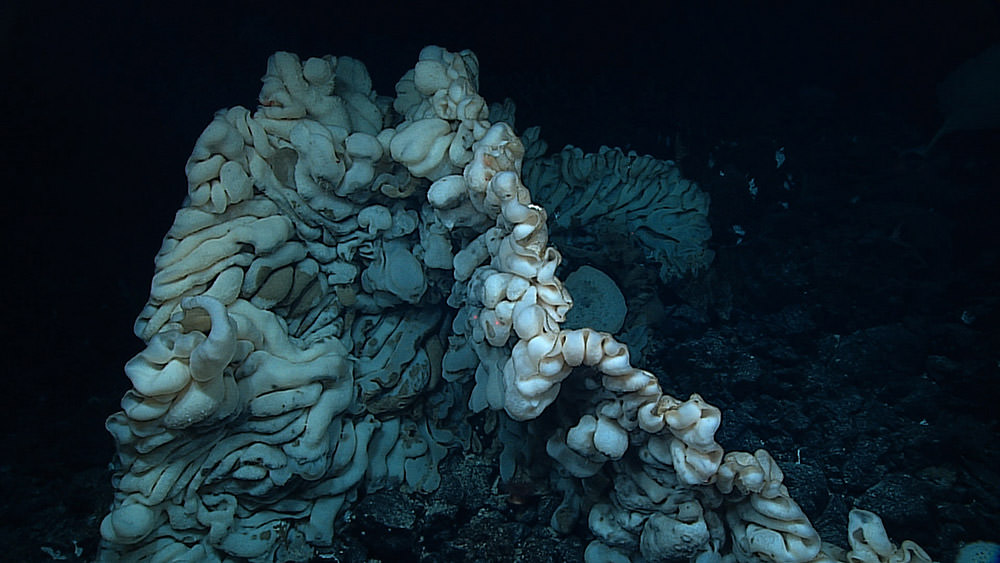
2016 was a year of discovery. In California, scientists onboard Ocean Exploration Trust's E/V Nautilus discovered two new sponge species growing on the wreck of the USS Independence, which rests in Monterey Bay National Marine Sanctuary near Greater Farallones National Marine Sanctuary. And in Papahānaumokuākea Marine National Monument, researchers found a sponge the size of a minivan, the worlds oldest marine organism (a deep-water black coral tree over 4,000 years old), and several new species previously unknown to science.
A voluntary speed zone helped protect whales from ship strikes.
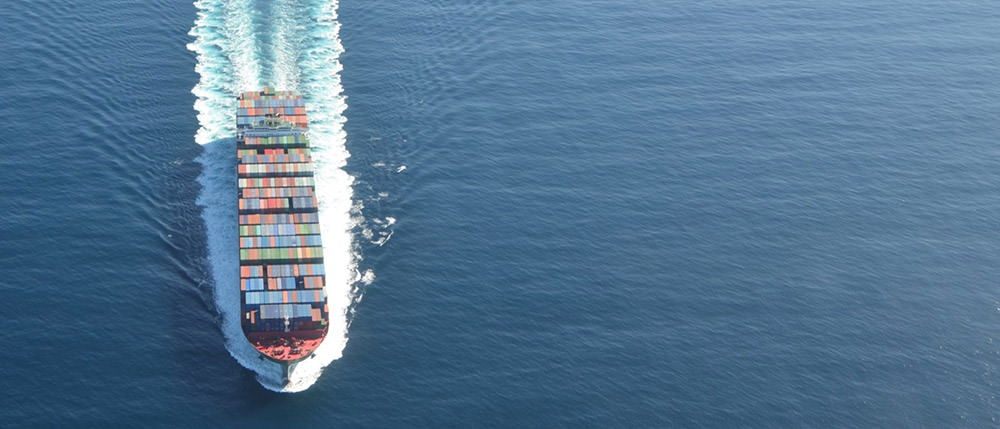
Ship strikes are a major threat to recovering endangered and threatened whale populations, including blue, humpback, and fin whales. In response, Central California national marine sanctuaries have established a voluntary Vessel Speed Reduction zone for commercial ships that pass through traffic lanes in sanctuaries. Now in its third year, data are being analyzed to quantify just how effective this strategy is.
The conservation conversation expanded.
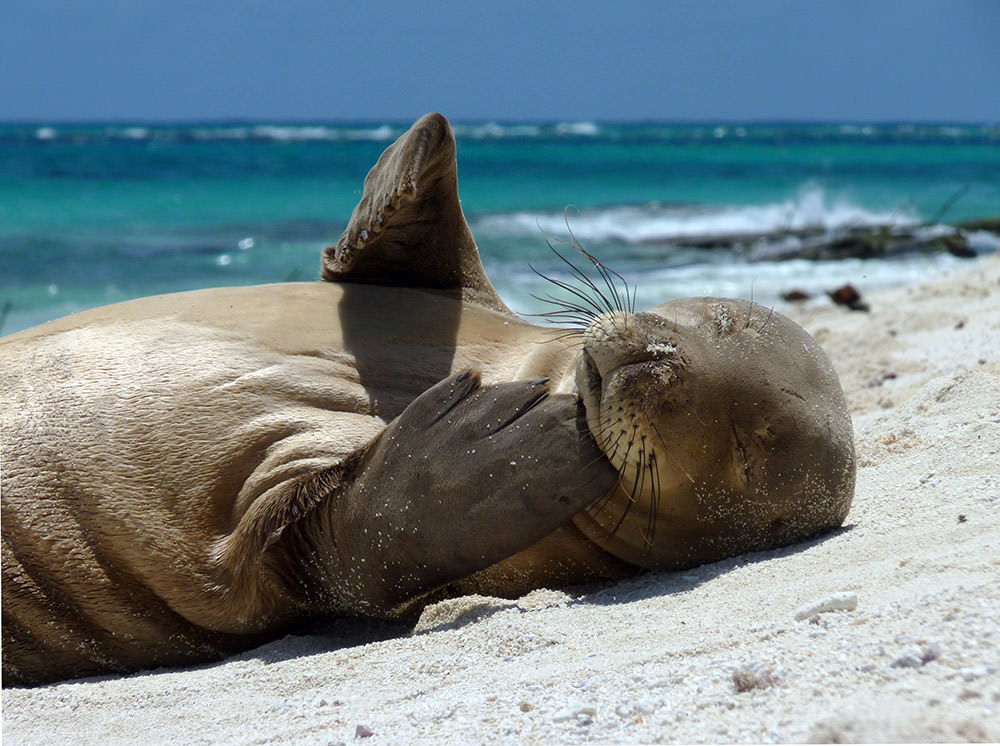
In September, Papahānaumokuākea Marine National Monument expanded to become, at the time, the largest conservation area anywhere in the world. Located in the Northwestern Hawaiian Islands, the monument now protects more than 580,000 square miles -- an area bigger than the total land area of the state of Alaska. The expanded area provides additional protection for open ocean features including seamounts, submerged reefs, and sunken islands.
Two sanctuaries might be getting bigger.
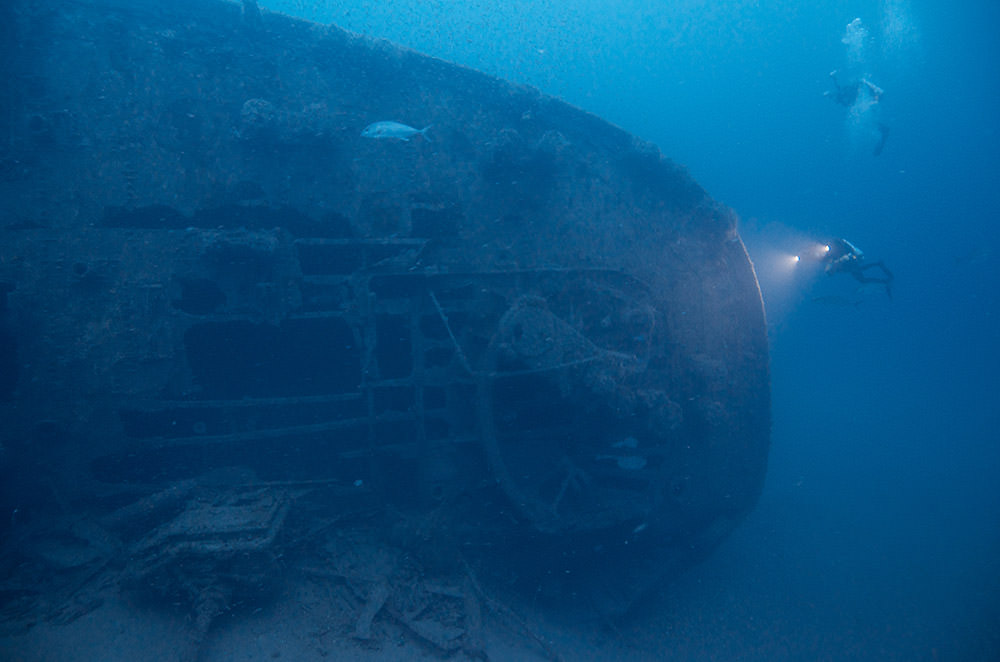
Today, the National Marine Sanctuary System protects more than 620,000 square miles of marine and Great Lakes waters. But in the future, it could protect more: both Flower Garden Banks and Monitor national marine sanctuaries have proposed expansion. An expanded Flower Garden Banks National Marine Sanctuary would provide for more comprehensive management and protection of important habitat sites and cultural resources in the Gulf of Mexico, while an expanded Monitor National Marine Sanctuary would protect a collection of historically-significant shipwrecked vessels in the Graveyard of the Atlantic.
Scientists dove in to understand habitats and marine resources.
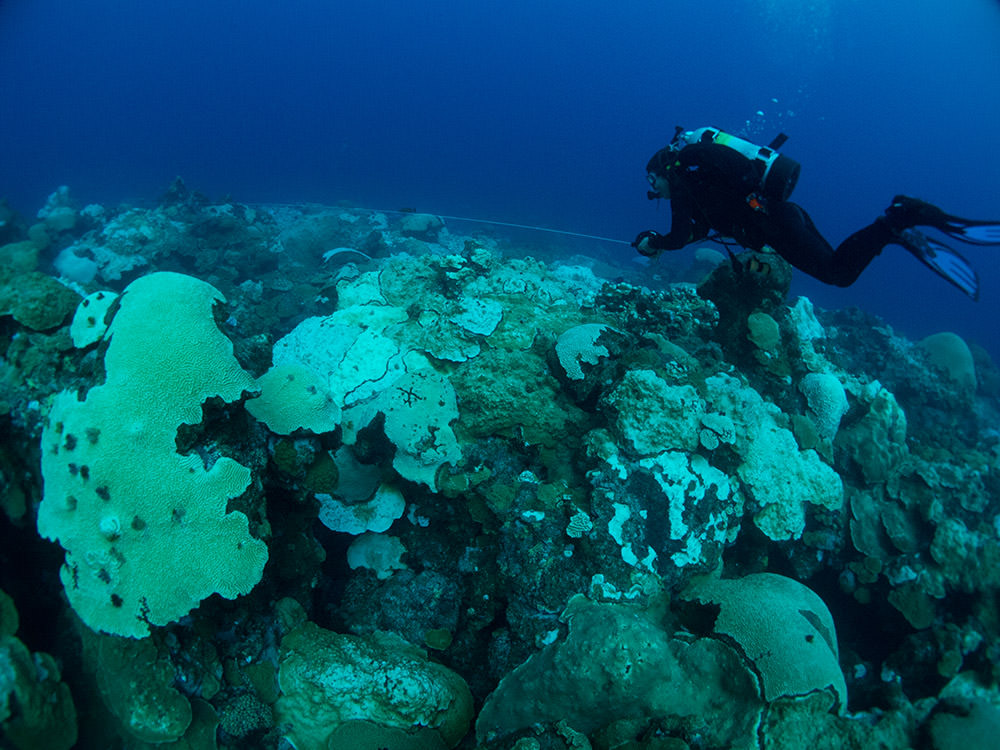
In Florida Keys National Marine Sanctuary, a multi-partner research mission on the NOAA Ship Nancy Foster collected data that will help inform management decisions. Scientists mapped 22 miles of habitat, tagged fish with acoustic transmitters to track fish movement patterns, and deployed stereo-cameras and an unmanned surface vehicle to provide visual and acoustic observations. In Flower Garden Banks National Marine Sanctuary, sanctuary scientists were on the scene to assess a mass mortality event in East Flower Garden Banks, and worked with partners to explore possible causes. And staff also monitored from above: Hawaiian Islands Humpback Whale National Marine Sanctuary led a collaborative pilot study using small Unmanned Aircraft Systems to provide remote aerial assessments of humpback whales from research and entanglement response monitoring.
We brought ocean inspiration to the public through video.
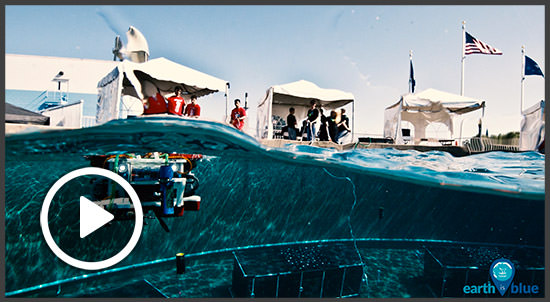
If you can't dive in, national marine sanctuaries and marine national monuments will bring the wonders of our marine world to you. Through Earth Is Blue, we brought daily photos and weekly videos to you via social media. Gray's Reef National Marine Sanctuary partnered with the Gray's Reef National Marine Sanctuary Foundation to host an ocean-themed film series, the 13th annual Gray's Reef Film Festival. In Thunder Bay, the Thunder Bay Film Festival brought the ocean to the Great Lakes. And you could get into your National Marine Sanctuary System from home, too: deep-sea expeditions in Papahānaumokuākea Marine National Monument and several West Coast national marine sanctuaries were livestreamed in real time. This telepresence brought the National Marine Sanctuary System and ocean science to the classroom: over 525 students per day directly engaged with a Nautilus Live expedition in Channel Islands National Marine Sanctuary.
Thousands of you got into your sanctuary.
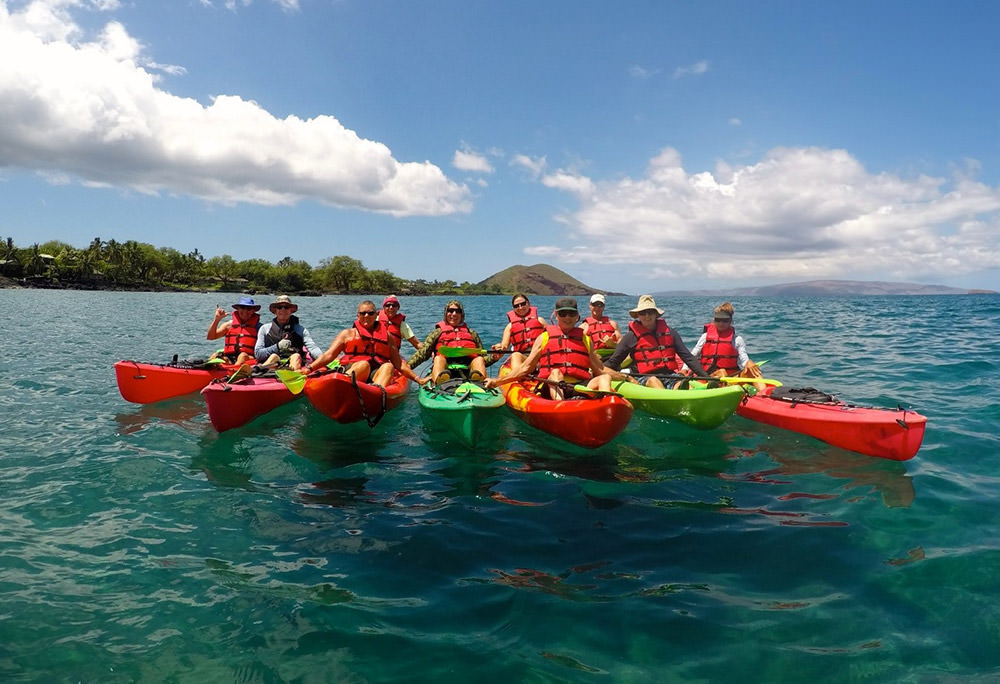
In June 2016, more than 8,000 visitors participated in the annual "Get Into Your Sanctuary" celebration across the National Marine Sanctuary. Visitors participated in events like bioluminescent kayaking in Greater Farallones National Marine Sanctuary and explorations of a life-sized inflatable whale in Stellwagen Bank National Marine Sanctuary. Throughout the year, sanctuaries like Thunder Bay inspired the next generation of ocean and Great Lakes stewards in "Every Kid in a Park" events. In National Marine Sanctuary of American Samoa, the Festival of Sites "Village-to-Visitor" program welcomed cruise ship passengers to American Samoa and introduced the broad cultural heritage of American Samoan traditions and lifestyles.
And we made sure that when visitors come, they aren't disturbing wildlife: Monterey Bay National Marine Sanctuary, for one, developed interpretive enforcement activities to benefit safe and educational viewing of northern elephant seals along the San Luis Obispo County coast. Hawaiian Islands Humpback Whale National Marine Sanctuary launched a new Team OCEAN program of trained kayaking naturalists to promote respectful and responsible wildlife viewing.
We served as sentinel sites for emerging issues.
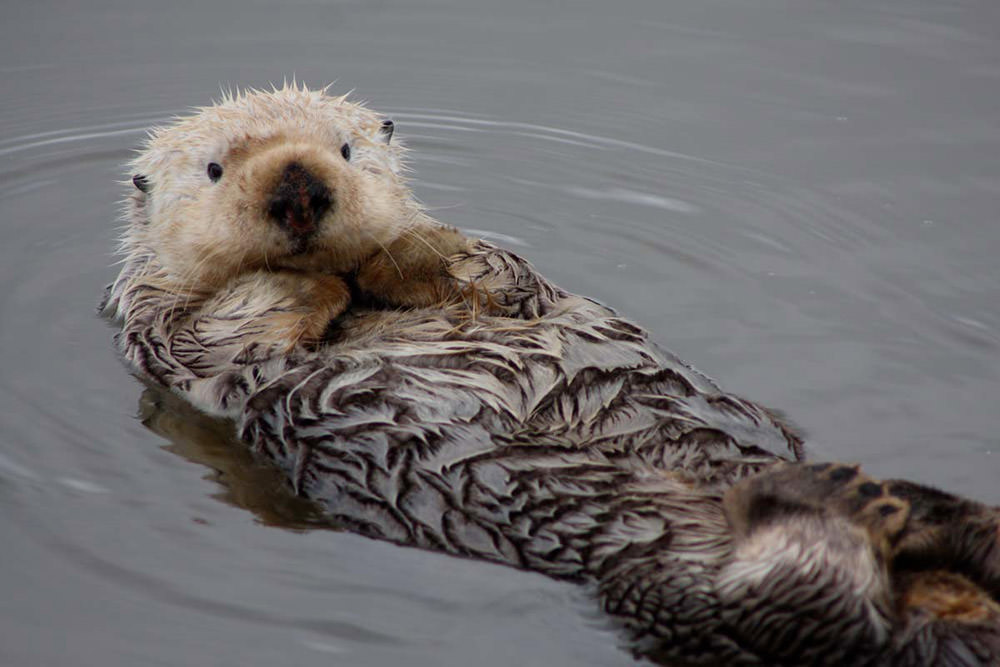
Located across the country, national marine sanctuaries are ideal spots to track changes and emerging issues across ocean ecosystems. Olympic Coast National Marine Sanctuary, for example, is working with partners to create a "sentinel site" for ocean acidification, with a coordinated strategy for science, education, awareness, public engagement, and resource management. Through the Marine Biodiversity Observation Network (MBON) project, Monterey Bay National Marine Sanctuary serves as a sentinel site for characterizing changes in biodiversity.
Want to know more amazing things that have taken place in your National Marine Sanctuary System? Check out the FY16 Accomplishment Reports here.
Elizabeth Weinberg is the social media coordinator and editor/writer for NOAA's Office of National Marine Sanctuaries.

